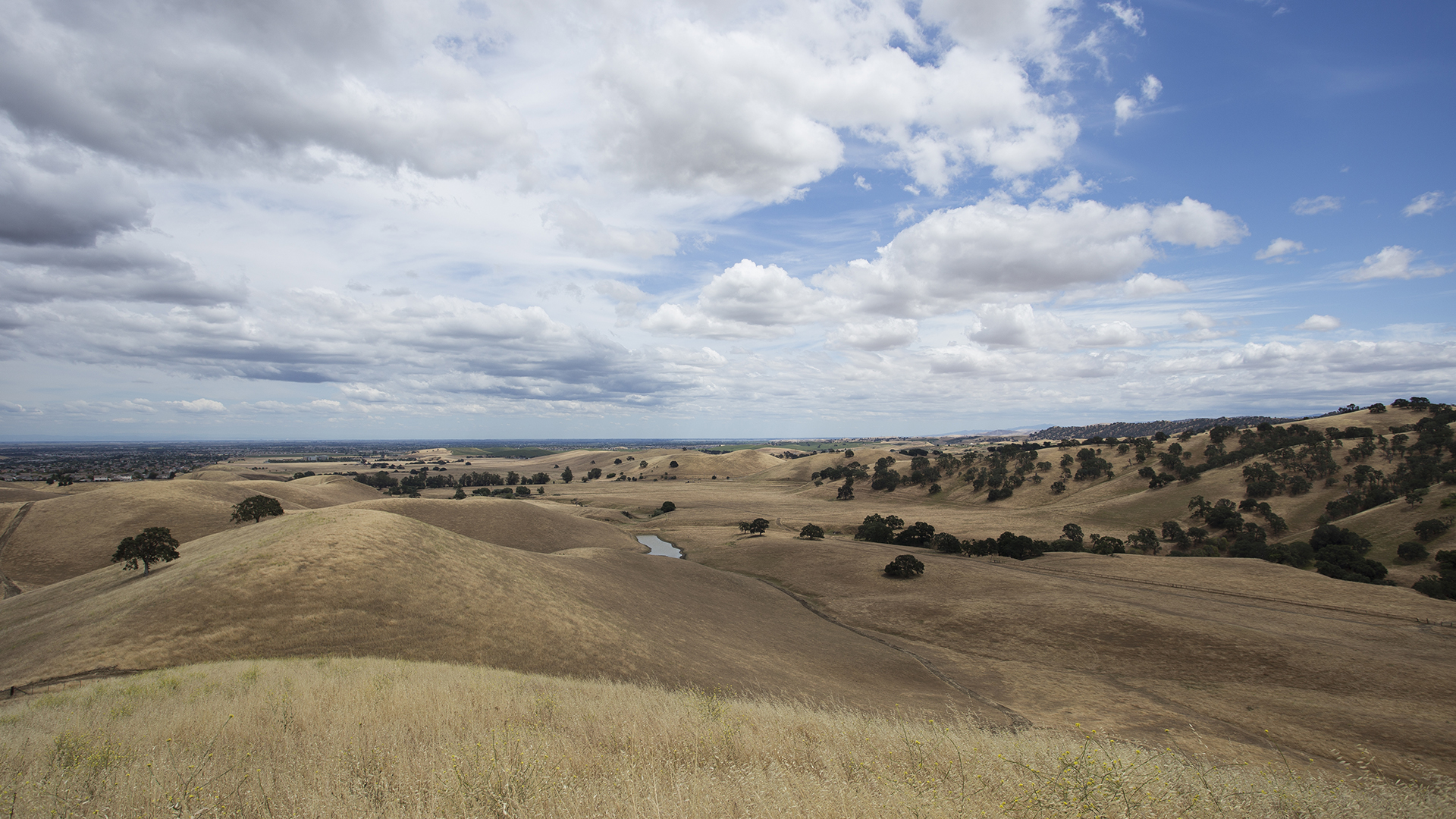Intro to Focal Length

The focal length of a lens is the distance from the focal plane (your film or sensor) to the point of light convergence of the lens (where light becomes a focussed beam) measured in millimeters. This is measured when the lens is focussed to infinity and can be inside the lens or a point behind the lens.
The shorter the focal length the wider the angle of view is. As you increase the focal length, you decrease the angle of view. That is why lenses like 18mm and 35mm are wider than lenses like 100mm and 200mm.
By designing lenses in this way, it gives us a range of lenses to choose from so that we can express our creativity, or get close enough or far away enough to capture what is required. In this sequence I show some common focal lengths found in prime and zoom lenses.
17mm
20mm
24mm
35mm
50mm
70mm
105mm
As the focal length increased, our angle of view decreased. The short focal length allowed me to get the entire valley in view, and the long focal length allowed me to focus in on just the hilltops and the town in the distance. This is where choosing a focal length can determine the style of shooting we do, or what we are able to capture.
Along with the angle of view, the focal length also influences distortion. Wide angle lenses stretch the image and long lenses compress the image. Depending on the lens this effect can be subtle or severe. These distortions can add another level to our expression and some photographers see this as a defect.
A lot of portrait photographers use focal lengths from 85mm to 250mm for their lack of distortion, while a ton of skateboard photographers have used 5 and 8mm fisheye lenses for their severe distortion. Understanding each focal lengths unique perspective allows us to tap into these preconceived functions of the lenses as well as to get creative and try things that may seem non-traditional.
As you are starting out however you will want to choose a lens in the average focal length range. Most camera kits give you something like a 18-55mm zoom lens on a crop-sensor camera or a 24-105mm zoom for full frame cameras. These will both give you a decent range to start with and are great for finding what type of lenses you like to shoot most. When you find what you like, or what you find yourself shooting most, that can be your next upgrade. Or you can by a nice zoom too when you're ready.
I am a photographer and content creator from the Bay Area of California.









